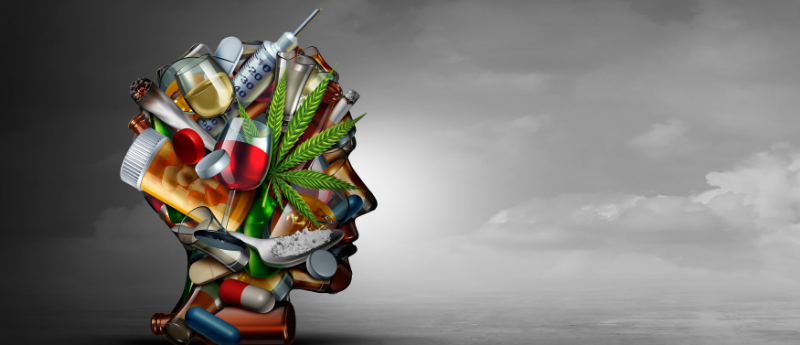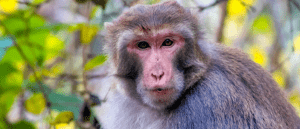You really do want it more: cravings hit harder during withdrawal

A new study in rats finds that environmental stimuli learned during the withdrawal stage of alcohol addiction results in intensified cravings.
From ‘snackable content’ on streaming platforms to profiting from gaming whales (users that spend a lot on in-app purchases), there’s plenty of money to be made in homing in on people’s cravings and addictions. But, what happens when you try to break the cycle of addiction? A recent study with rats by scientists at Scripps Research (CA, USA) looked at how environmental cues can set off cravings, the impact of which was found to change depending on when those habits were learned.
Around 14.5 million people in the USA suffer from alcohol use disorder, a term that describes a variety of unhealthy drinking patterns and is associated with the addiction cycle – withdrawal, abstinence, and relapse. Environmental stimuli, like a familiar pub, may trigger significant cravings, potentially inciting a relapse.
Researchers led by Friedbert Weiss, a professor at Scripps Research, questioned whether repeated alcohol consumption during periods of withdrawal could reinforce learned associations that would, in turn, trigger cravings. They wanted to find out whether this factor could be a noteworthy influence on addiction-influenced behavior in addition to the severity and length of addiction.
They learned that alcohol-related environmental cues affect alcohol-dependent rats with far greater potency when going through withdrawal than the same cues in rats in the early stages of alcohol use. As a result, cravings had a significantly increased impact on withdrawal-phase rats.
 Does being social make your brain bigger?
Does being social make your brain bigger?
Researchers investigate the link between rhesus macaques’ social lives and two key areas of the brain by studying ‘popular’ monkeys and less social ones.
In this study, non-alcohol-dependent rats were conditioned to associate the scent of anise with alcohol, and a subset of this conditioned group underwent cycles of withdrawal. During the withdrawal stages, these rodents were conditioned to associate a new scent with alcohol, this time an orange scent.
When the rats were tested to measure the strength of their cravings, researchers found that the rats conditioned during the withdrawal stage exhibited a far more pronounced response to their relevant learned cues. This implies that the learned association between alcohol and withdrawal symptom relief further exacerbates the strength of cravings.
“It is commonly thought that people drink because it makes them feel good. But in people who have developed dependence, the ‘feel-good’ sensation that the drug produces is actually a reversal of feeling terrible,” explained Weiss. “When this reversal of feeling terrible is experienced repeatedly, then environmental cues that become associated with this experience produce a much more powerful craving than the initial ‘feel-good’ craving.”
Moreover, rats going through withdrawal displayed an elevated tenacity when exposed to alcohol-associated scents learned while withdrawing. Over the course of 30 minutes, researchers observed these rats pressing the alcohol-associated lever twice as many times as non-dependent rats that had only been conditioned during early drinking. The withdrawing rats remained undeterred, even when pressing the lever delivered a small electric shock or when researchers introduced increasing levels of challenge between rats and the lever.
This conditioning also appeared to overwrite old conditioning. Scientists observed that behavior learned before the onset of alcohol dependency was weakened by the new stimuli-driven behavior. Rats conditioned to associate alcohol with an anise scent would exhibit, comparatively, a far stronger alcohol-seeking behavior when reconditioned to associate an orange scent with alcohol while undergoing withdrawal, and subsequently exposed to the orange scent.
“This allowed us to separate, for the first time, the learning that happens during the original, non-dependent state, and the learning that happens during withdrawal,” explained Weiss.
Additionally, the researchers studied the amygdala, which is the part of the brain associated with alcohol addiction in both humans and rats, to see the impact of each conditioning experiment. They found different areas of the brain were activated depending on when the scent association was learned during the addiction cycle.
Their findings have the potential to open new approaches to treatment for people suffering from addiction, utilizing a better understanding and targeting of the cravings and response to stimuli outside of people’s control. The researchers are planning future experiments that they hope will help them identify the specific neuron groups involved with this process.